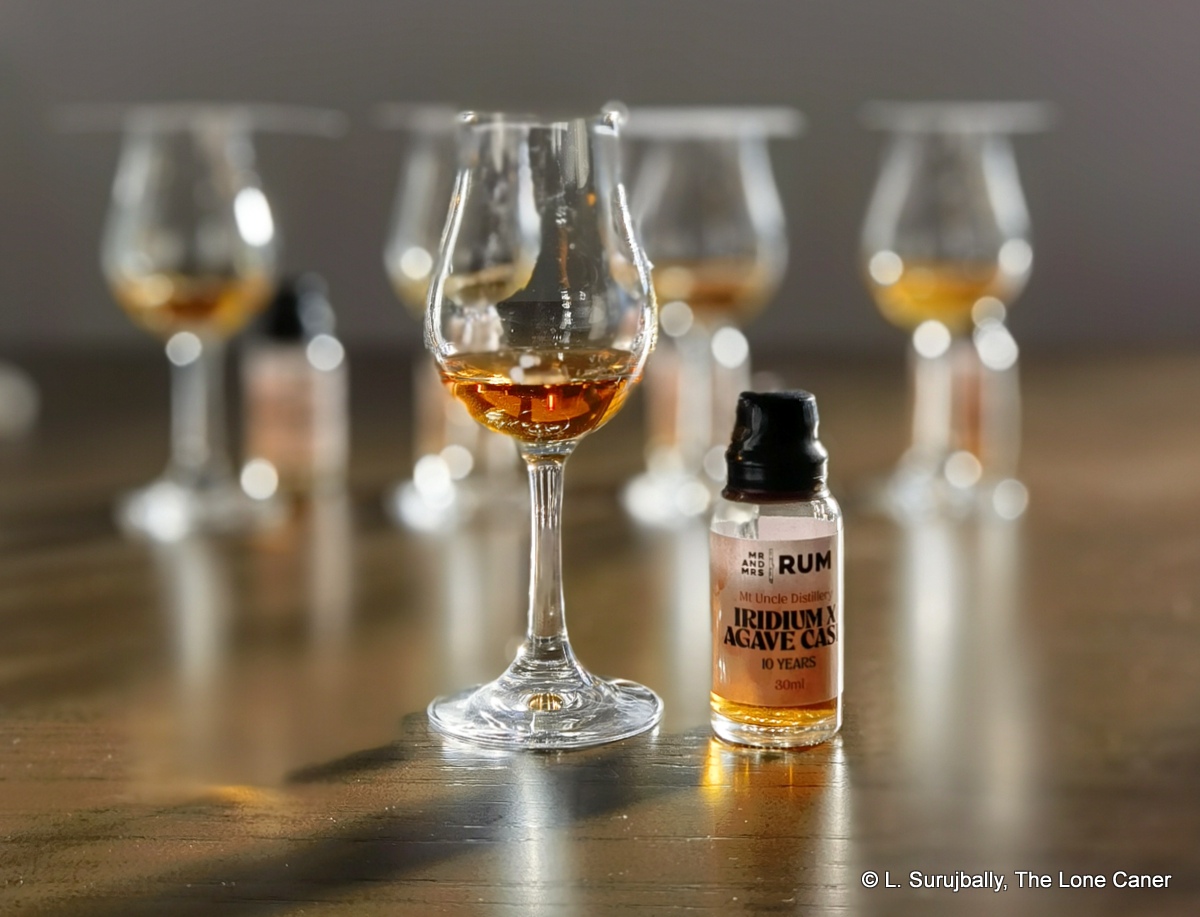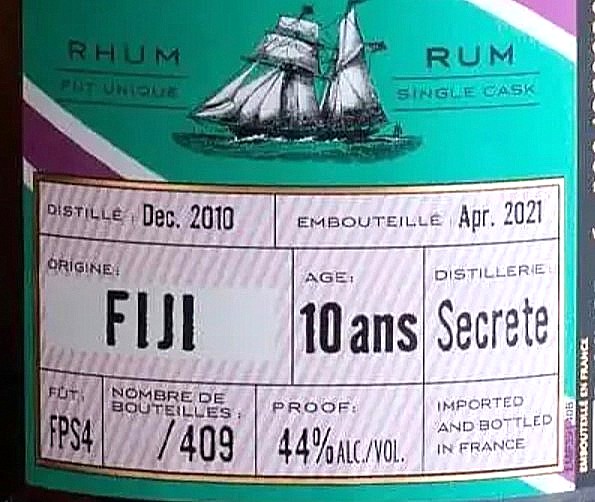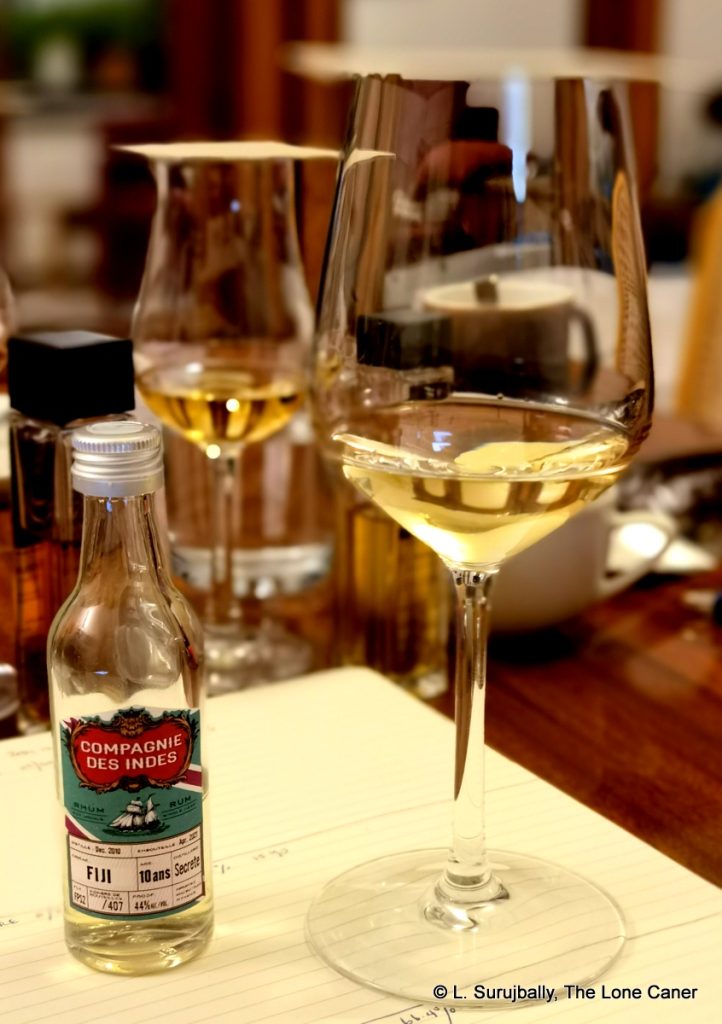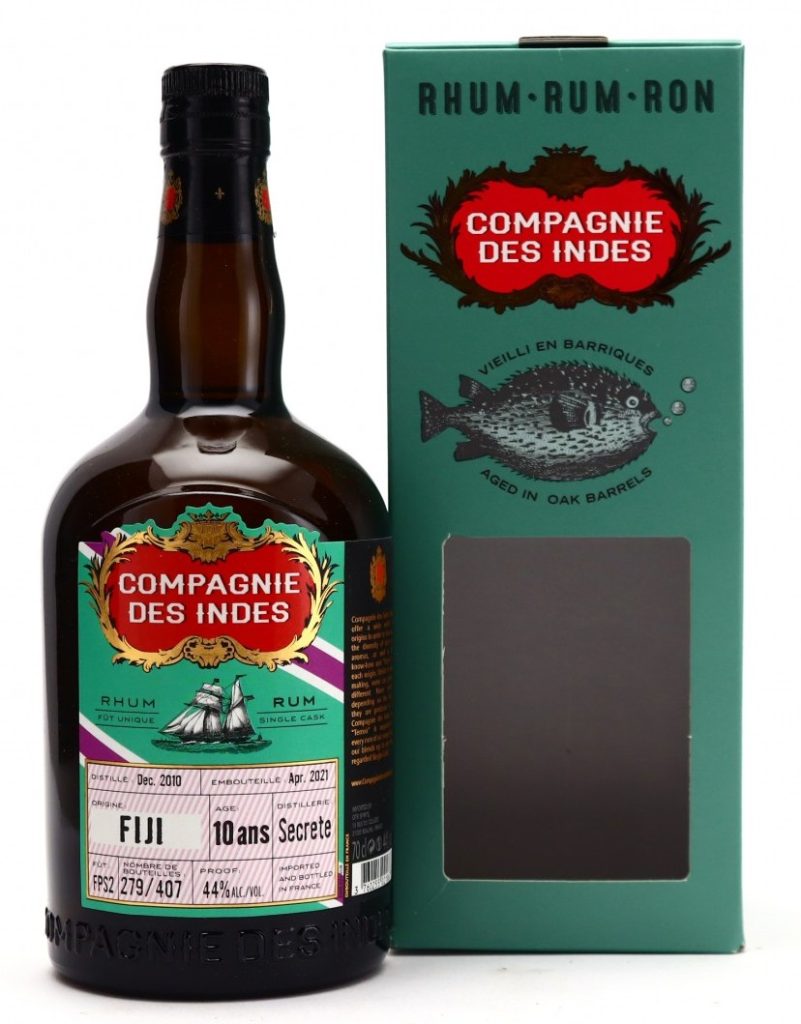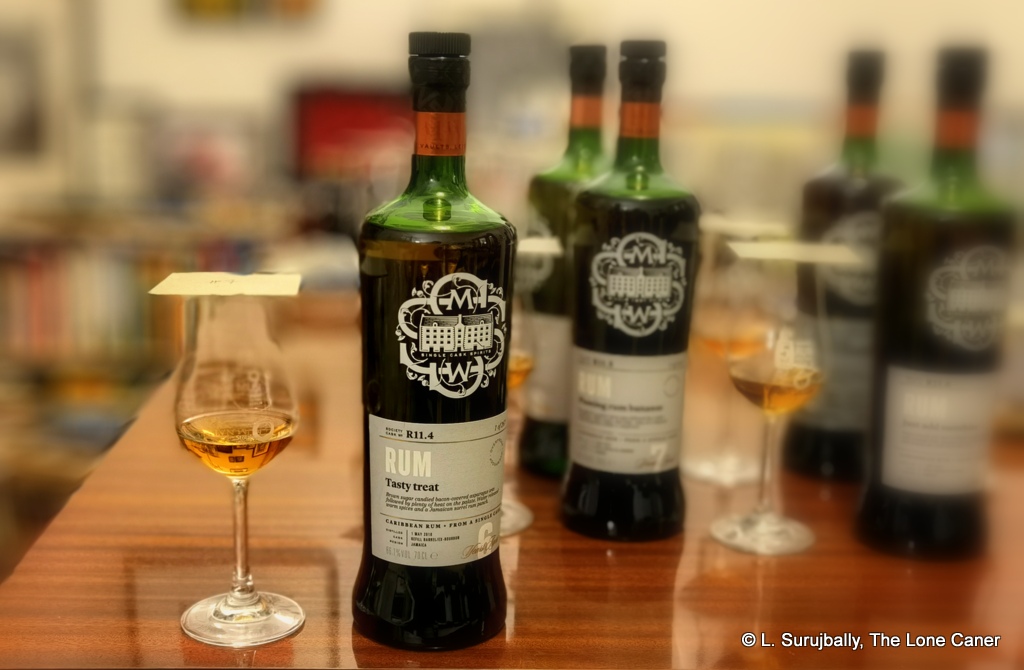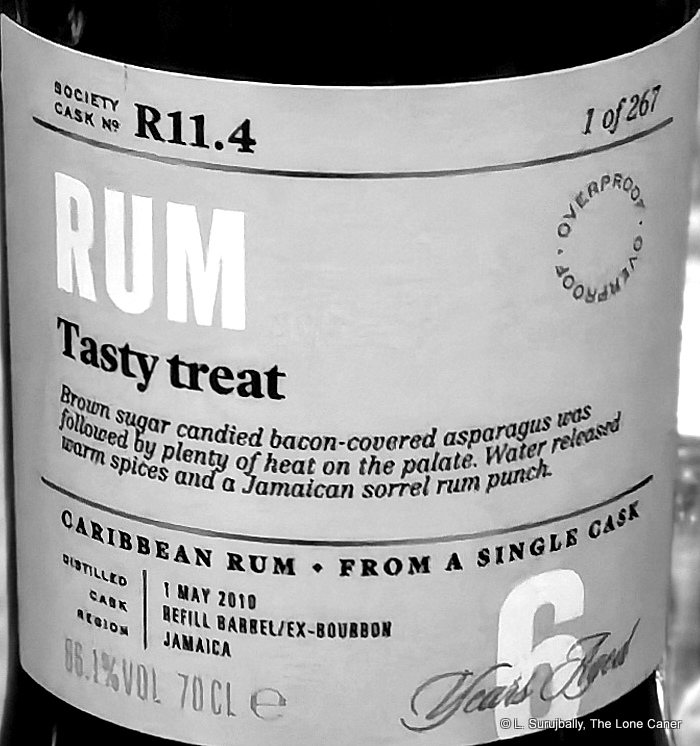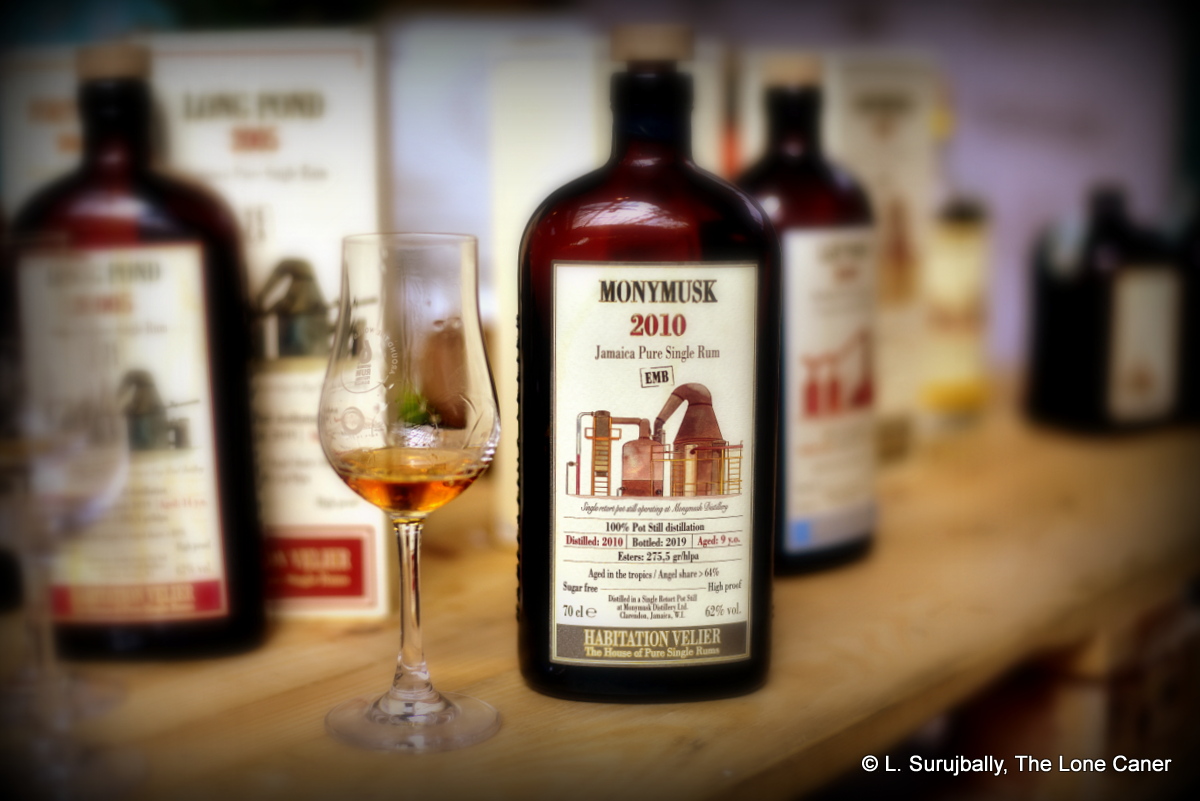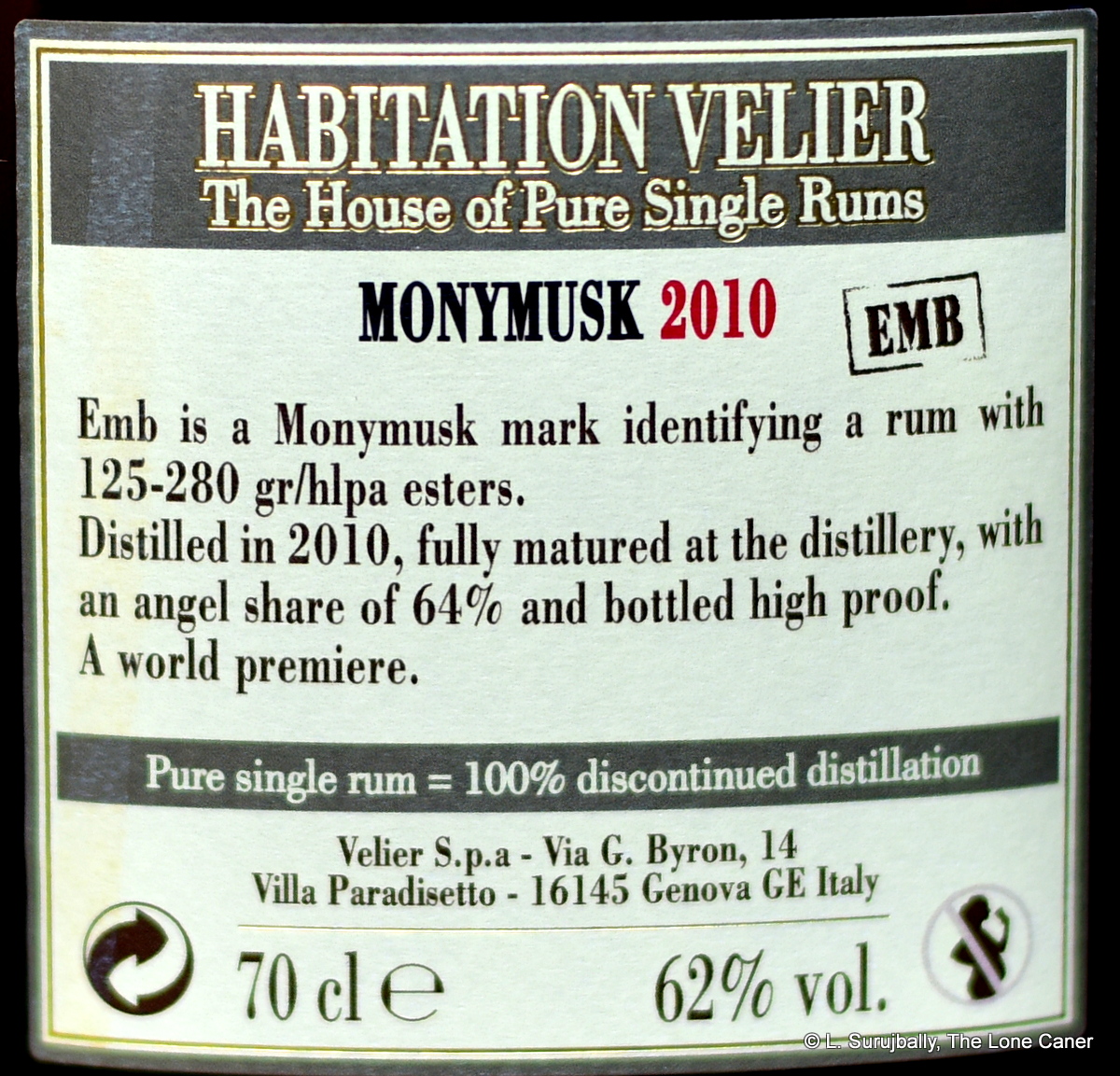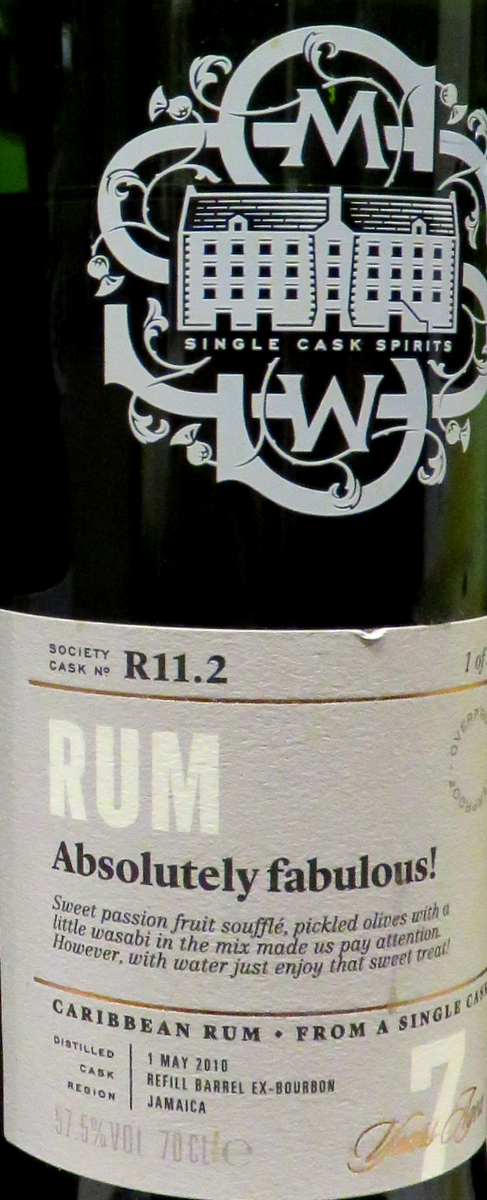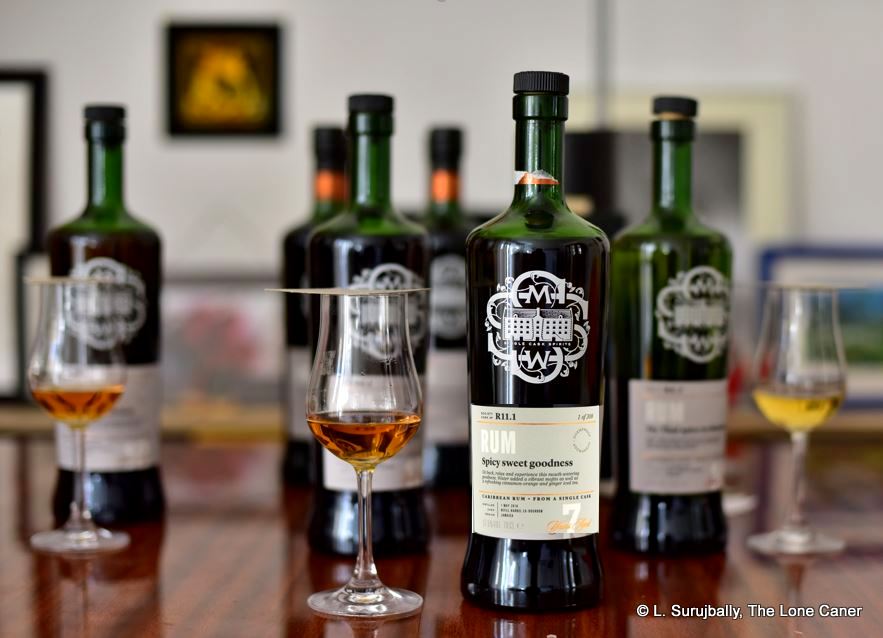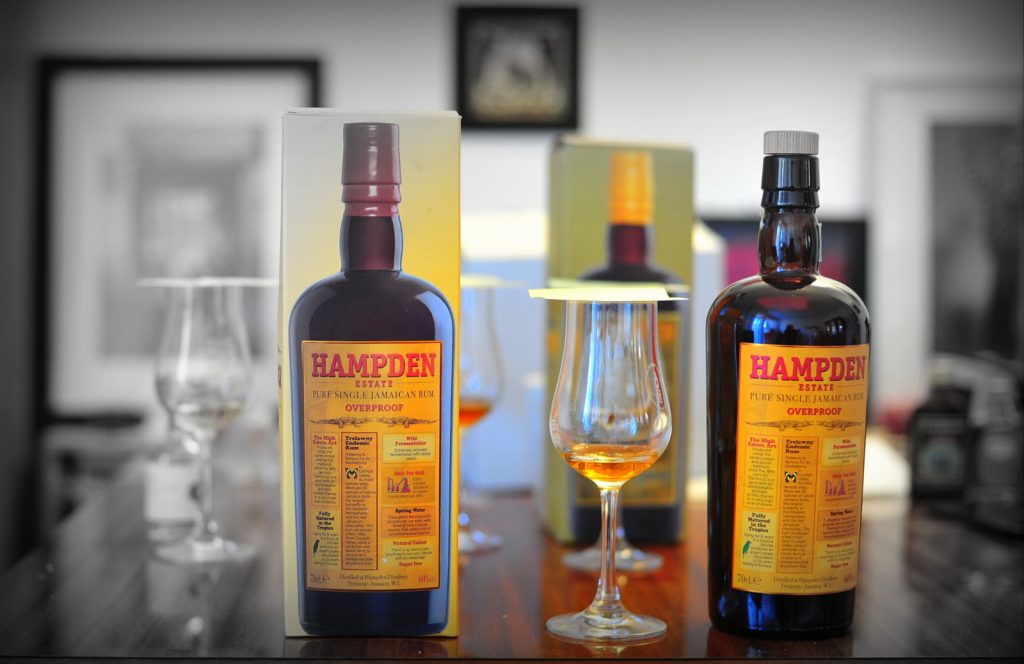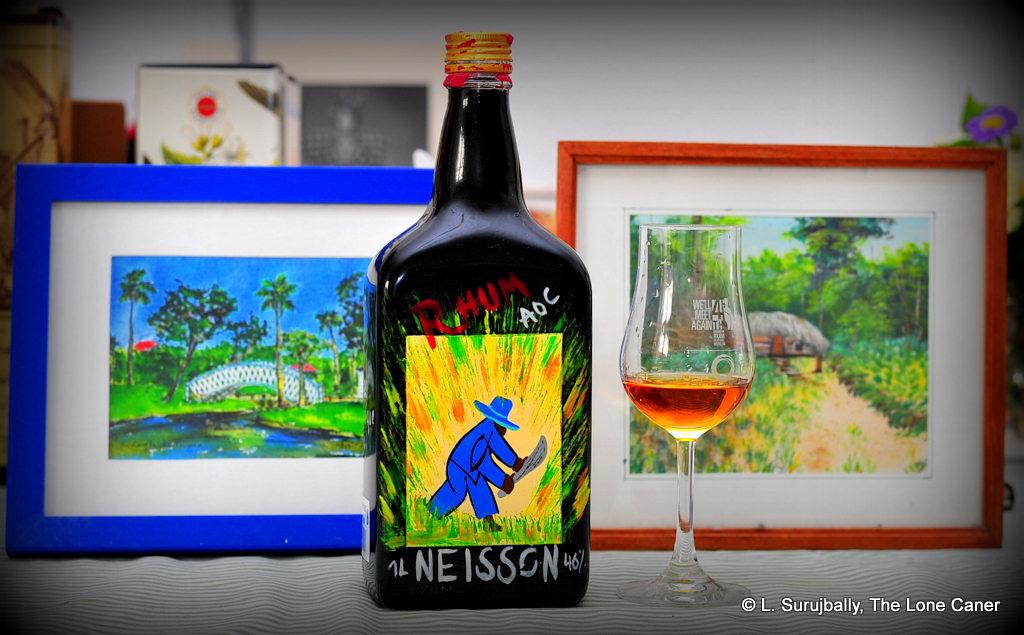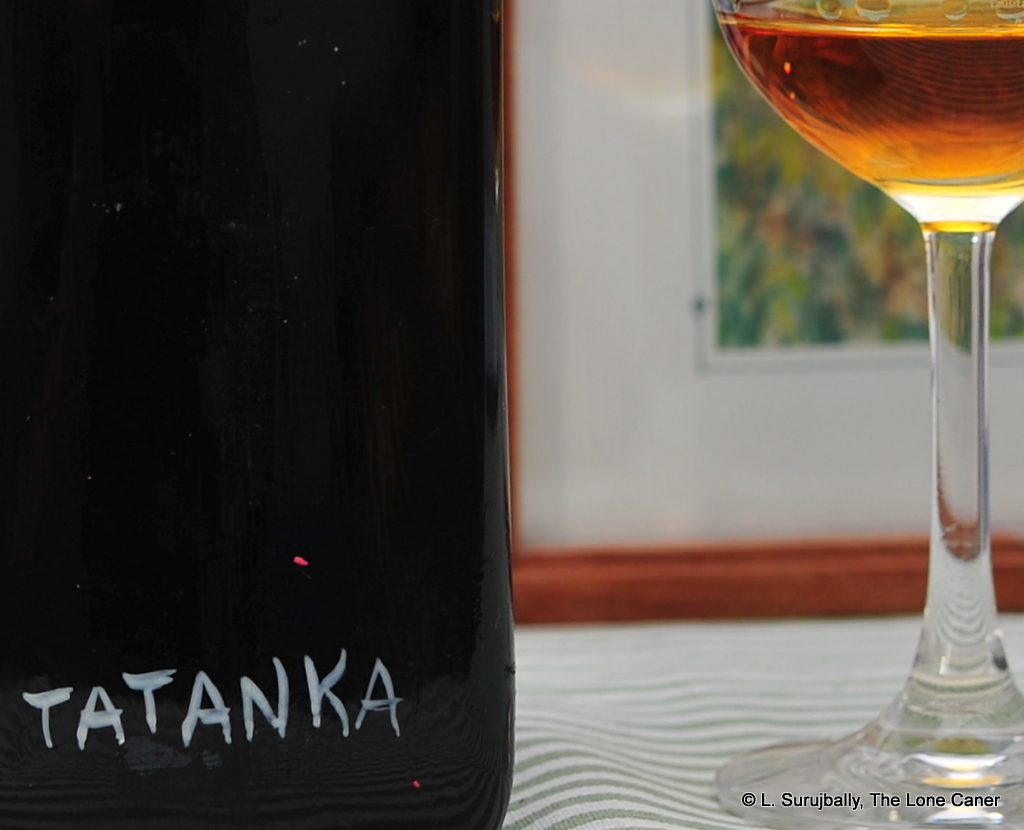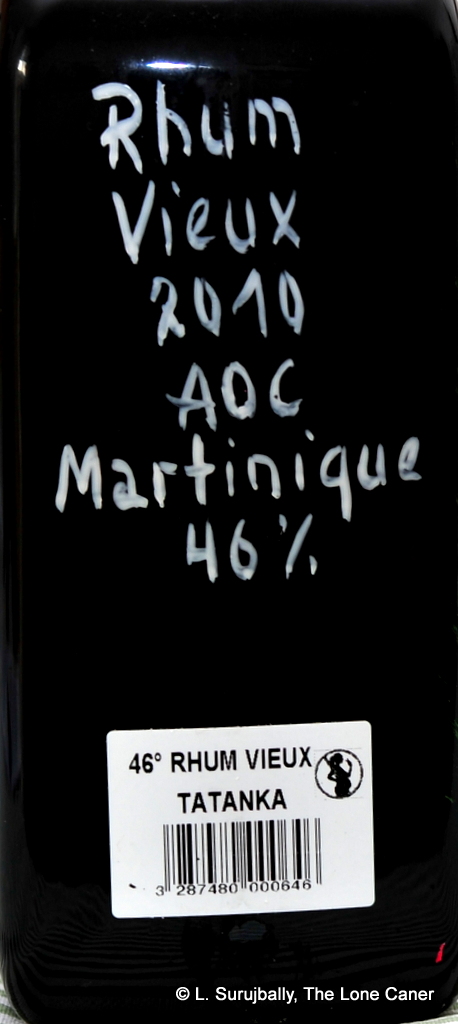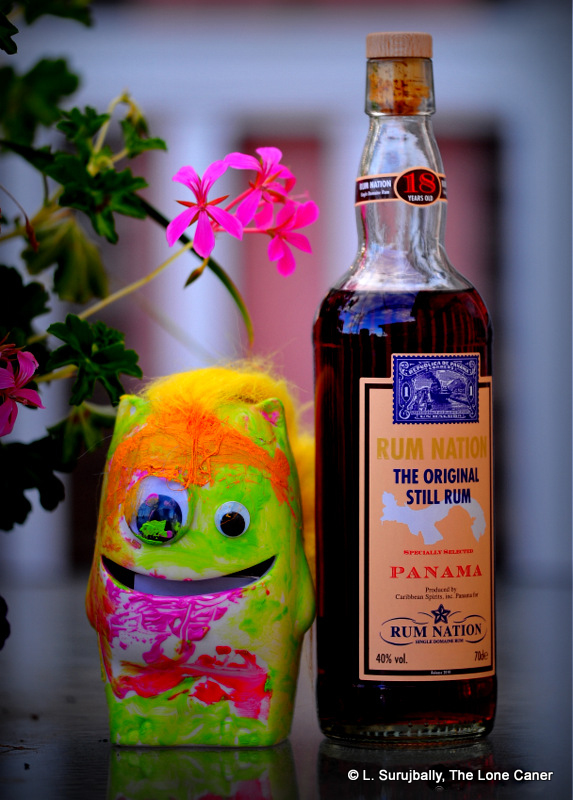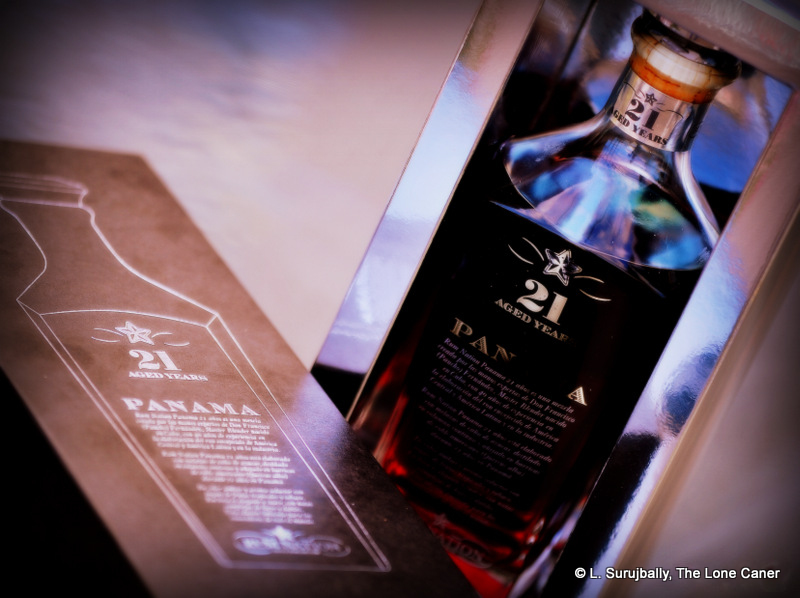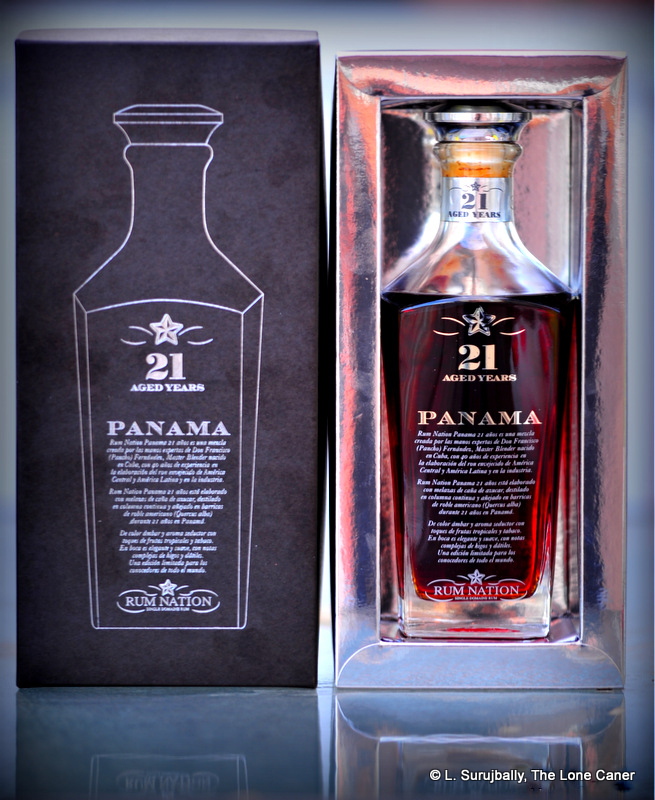We’ve heard of both Iridium and Mount Uncle Distillery before: there’s a five year old of that brand that was part of the 2021 advent calendar, and while I didn’t care overmuch for it, I did comment that at a higher strength might make it a better drink. The company – which spun off the rum making business into a separate little outfit called FNQ Rum Company – clearly knew that already, because with this one they amped up the age to 10 years, jacked the strength to 47% and then probably thinking something else was required, aged it in red wine hogsheads for ten years before giving it a last six-month finish in agave casks left over from whatever they were doing with tequilas that year. All this from a cane-syrup seven-day-fermented wash run through their Arnold Holstein 500L pot still.
All that is pretty nice and conforms to some extent to the 5YO as well: but with that rum, one of the issues I ran into was that it didn’t seem to know what it wanted to be: an aged agricole style rum or one more in tune with the broader profiles of the rum world based on molasses. The Iridium X, fortunately for us, navigates quite well between either one and becomes a decent rum by any standard
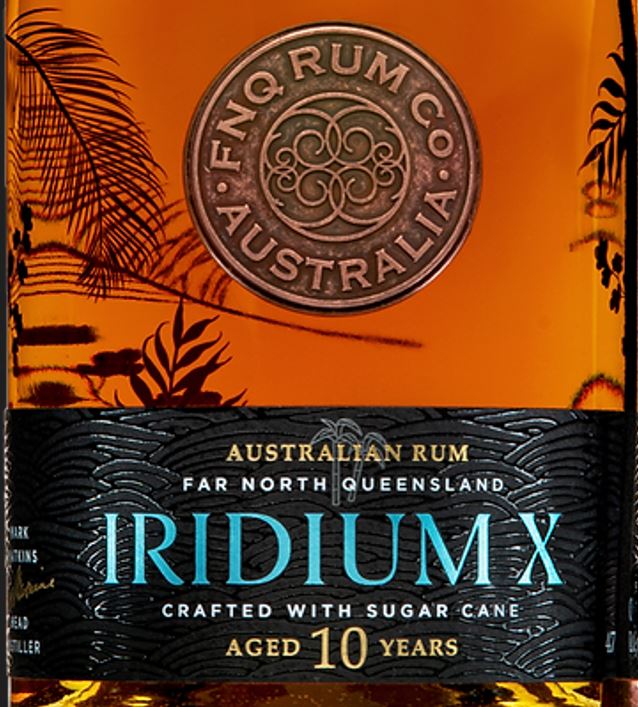 Take a sniff and you’ll see what I mean: pineapple tarts and cheesecake get together to tango with yoghurt and sour cream and – if you can believe it – ripe tomatoes. There’s a nice, crisp throughline mixing citrus, pineapples, sweetened red grapefruit juice, bitter chocolate, and the dry dustiness of the warm air coming off of vents that have not been used for some time. Oddly, there’s not a whole lot of brine and heavy agave notes here coming from the casks, though I imagine for those more in tune with this spirit, some could be found.
Take a sniff and you’ll see what I mean: pineapple tarts and cheesecake get together to tango with yoghurt and sour cream and – if you can believe it – ripe tomatoes. There’s a nice, crisp throughline mixing citrus, pineapples, sweetened red grapefruit juice, bitter chocolate, and the dry dustiness of the warm air coming off of vents that have not been used for some time. Oddly, there’s not a whole lot of brine and heavy agave notes here coming from the casks, though I imagine for those more in tune with this spirit, some could be found.
Palate is a more settled experience, and becomes a clean and relaxed version of the nose. It’s rather tart and piquant, coating the mouth well, and there’s the same yoghurt, honey and citrus axis around which perambulates the lesser notes: these are mostly gingerbread cookies, unsweetened chocolate, olives (red ones) and some brine. If one hangs around and waits a bit, there are also hints of apple cider, figs and some licorice leavened with some toasted marshmallows, but that’s pretty much it. Finish is nice enough – medium, aromatic, like a sweet balsamic vinegar sprinkled on a grape and tomato forward salad.
Did I like it? Yes indeed, quite a bit more than the 5YO. The complexity is more present and accounted for, and there’s a lot to unpack at one’s leisure. The parts are well assembled without coming to blows over their differences, and overall it’s as solid a ten year old rum as could come out of any of the usual major regions with which we are more familiar. It’s perhaps no accident that the Boutique-y Rum Company took a 12YO Mt. Uncle to be one of its first Australian releases in 2023 that wasn’t Beenleigh. I haven’t tasted it but if it’s anything like this one it’s sure worth our attentions.
(#1064)(84/100) ⭐⭐⭐½
Other notes
- From the 2023 Australian Advent Calendar, Day 15.
- The FNQ website is remarkably short on details historical or technical. Much of the background is from my original research on the Iridium 5YO, which is worth reading in its entirety, as I’ve summarised a lot here.
- No idea what the significance of the “Iridium” title is. I’ve sent a message along to ask.
- Mt. Uncle is one of the most northerly distilleries in Australia. Devil’s Thumb (also in QLD) and the Hoochery (in WA) are further north, but not by much.
- There’s a story that the 10YO is from two lost barrels of the Iridium 5, which is also repeated on the Mt. Uncle website.
- Although it’s marketed as a limited edition, the exact outturn is unknown. The initial release was 2020 and apparently sufficient stock remains to provide an advent calendar in 2023.
